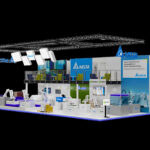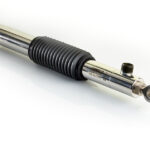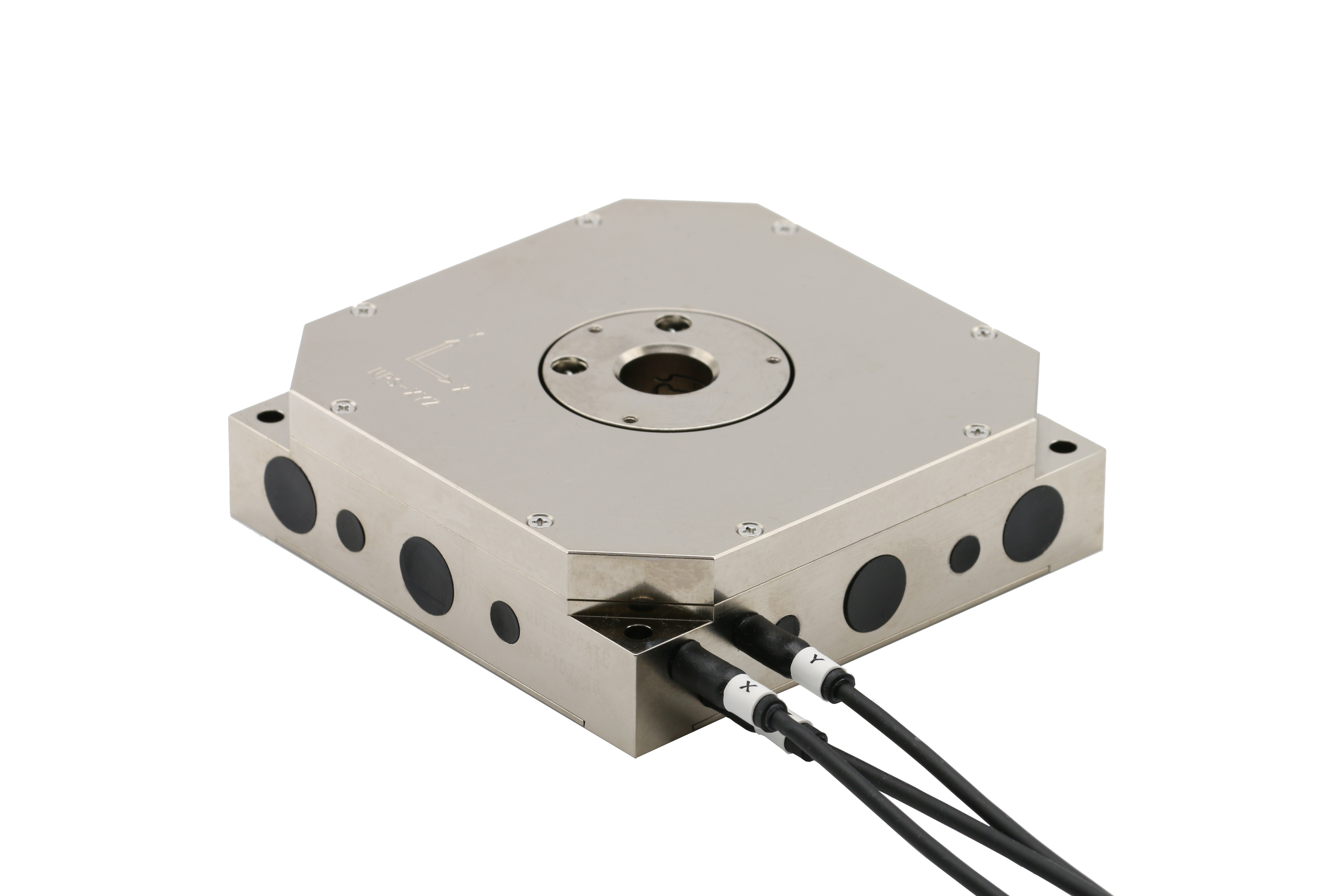Leveraging the right network technology can help lithium-ion battery (LiB) manufacturers get the most from exciting market opportunities by meeting challenging market demands. CC-Link IE TSN network technology helped a premier LiB company simplify its manufacturing systems while complying with exacting product specifications.

LiB cell manufacturing continues to experience exponential growth as its products find ever increasing applications such as smartphones, tablets and ear buds, as well as increasingly popular electric vehicles (EVs). To accommodate rising global demands, LiB producers need to quickly scale up their capacity while delivering high-quality products. This requires high precision, high-yield, high-throughput manufacturing systems.
LiB manufacturing is a complex, multistage process, of which the majority are based on established converting principles. An electrolyte slurry is mixed and then applied to a metal foil as a fine layer, which is dried before passing through an intricate series of slitting, winding and cutting activities to manufacture the finished cell. These require an exacting, highly coordinated series of multi-axis motion control operations to deliver the required quality and avoid waste.
The performance of the finished cell in terms of capacity, internal resistance and reliability is highly dependent on multiple parameters, such as coating uniformity, film tension and so on. Moreover, since the demand for lithium and other raw materials continues to grow exponentially, it is clear that material wastage caused by out of spec product should also be kept to an absolute minimum.
To further increase the application challenges, as battery manufacturers seek to constantly increase cell capacity, foils and their coatings are constantly getting thinner. While striving to achieve this, materials need to be handled at higher and higher speeds to meet production targets driven by insatiable market demands.
Finally, besides the critical motion control processes, a variety of associated machine functions need to be integrated into the production process to provide the required functionality. These include visual coating inspection, film tension, tab welding, general machine control and safety systems.
Key to addressing these challenges is an open industrial Ethernet technology that delivers high performance along with network convergence. This allows productivity and performance targets to be met, while simplifying machine designs by combining multiple traffic types onto a single network architecture. As a result, it is possible to reduce machine complexity, which in turn decreases project lead time, accelerates scalability and maximises productivity.
Delivering TSN’s benefits to LiB manufacturing
When a leading producer of automated LiB manufacturing lines was looking for a new technology that would improve the productivity of its systems, while simplifying their designs and reducing time to market, CC-Link IE TSN stood out.
CC-Link IE TSN is an open industrial Ethernet technology that was the first to combine gigabit bandwidth with Time-Sensitive Networking (TSN). As such, it offered several benefits to machine builders in this industry. . First, the gigabit bandwidth meant that large volumes of production data could be handled easily, without affecting machine performance or plant productivity. Moreover, since data is shared at gigabit speeds, the setup could offer a scalable solution that can continue to meet the increasingly more demanding needs of LiB manufacturers. Finally, operation at these speeds meant that multiple motion axes could be synchronised on microsecond intervals, providing a degree of process quality not previously possible.
Additionally, the integration of TSN into the network meant that several different traffic types could also be combined onto a single network architecture. This meant that the large and complex multi-axis motion control system of the company’s machines did not have to suffer from the cost penalty of having to use multiple networks to handle motion control separately from other machine functions such as visual inspection, safety and general machine control. Thanks to CC-Link IE TSN’s capabilities, all these disparate communication needs could now share a common network architecture. The result was a simpler, less expensive machine design. In turn, this was easier to build and maintain and could be delivered more quickly, delivering significant competitive advantages.
The final benefit is that TSN’s ability to allow different traffic types to share the same network also provides the foundation for OT/IT convergence. In simple terms, this means that the machine process data created by the OT of the shop floor can be more easily shared with higher level IT systems. This opens the door to further improvements, such as leveraging AI systems to analyse machine operation in order to deliver future process improvements.
John Browett, General Manager of CLPA Europe, commented: “It is very pleasing for us to see companies such as this leading producer of automated LiB manufacturing lines using CC-Link IE TSN. They are leveraging our technology to take a leap forward over their competition and provide an industry leading, scalable platform for their customers now and in the future. We are confident that CC-Link IE TSN will continue to deliver benefits to the LiB industry and many other sectors as we move forward.”
Further Information:
Website: eu.cc-link.org
LinkedIn: https://www.linkedin.com/company/cc-link-partner-association-europe/
Twitter: twitter.com/cc_linknews
YouTube: youtube.com/user/CLPAEurope







